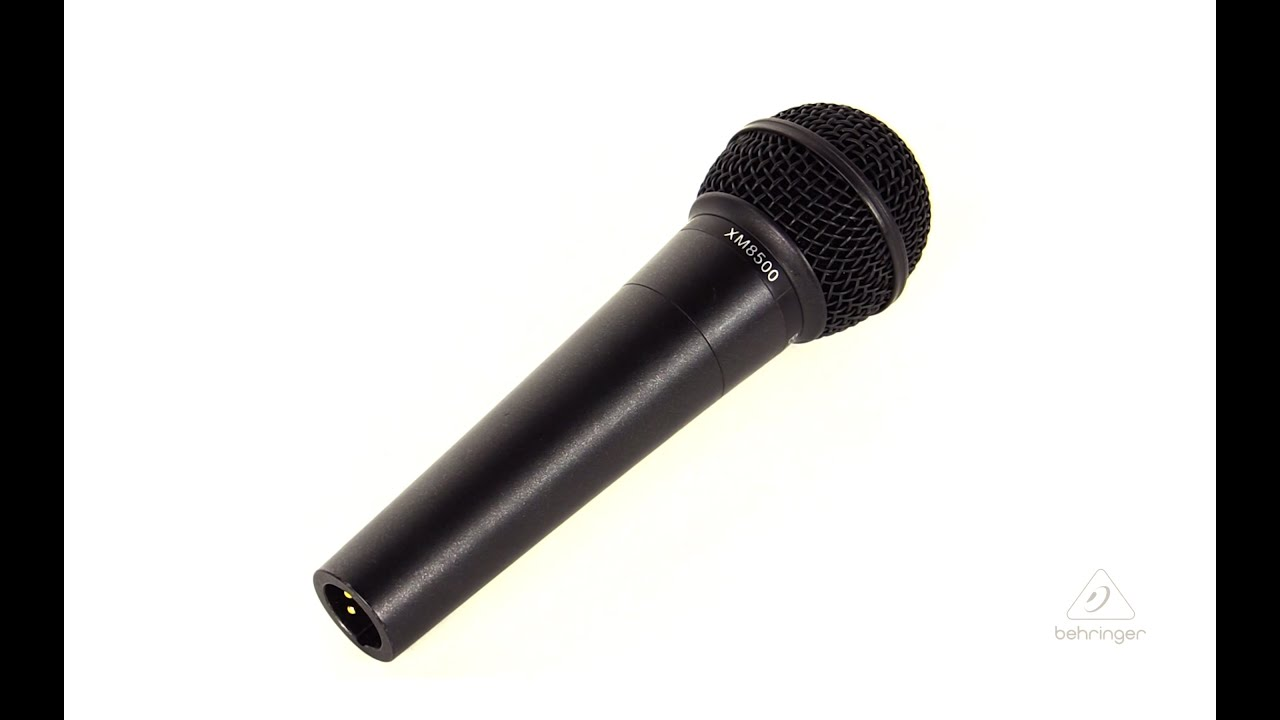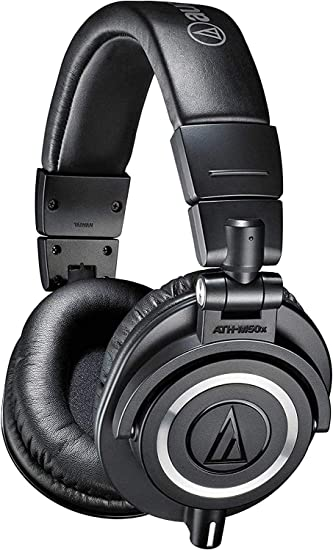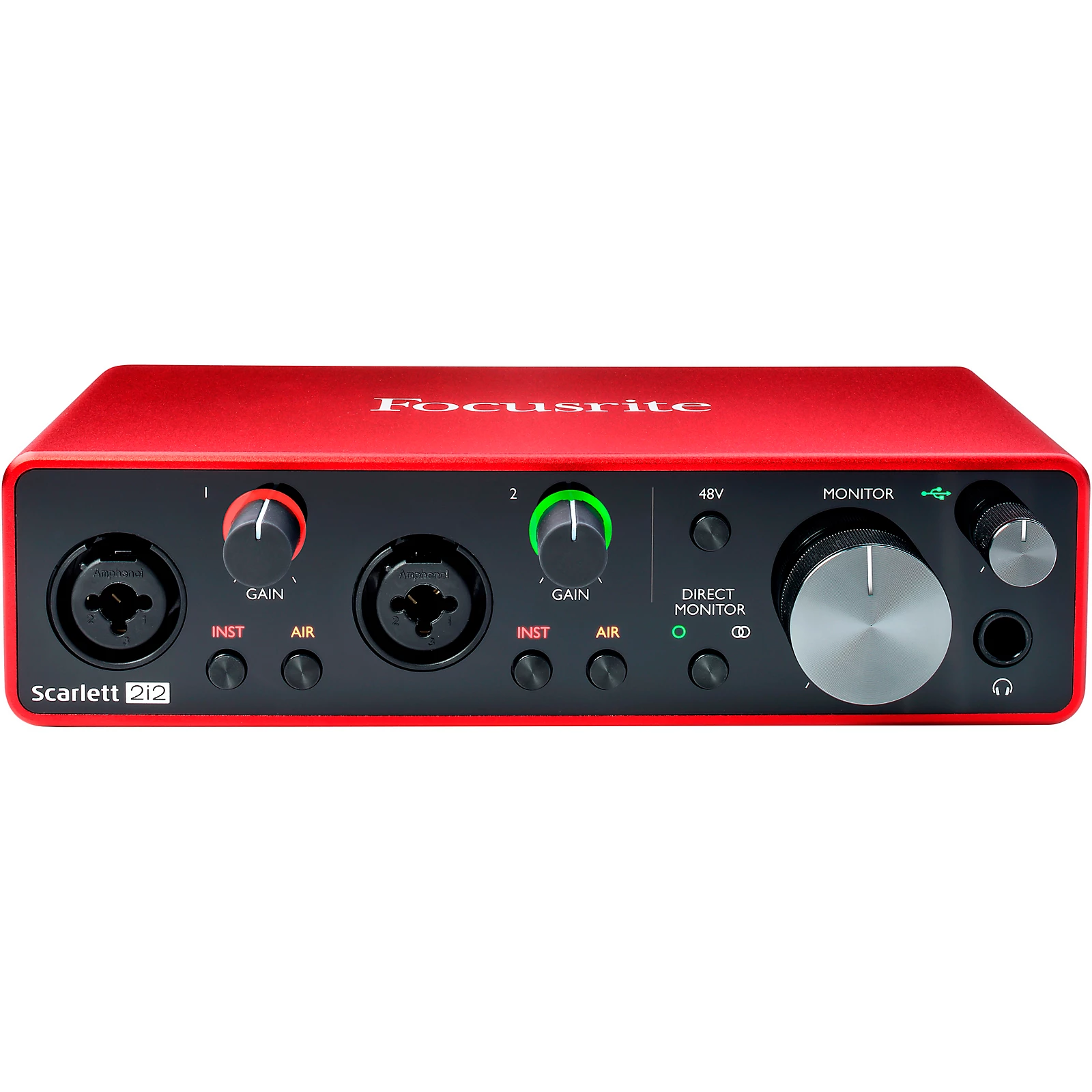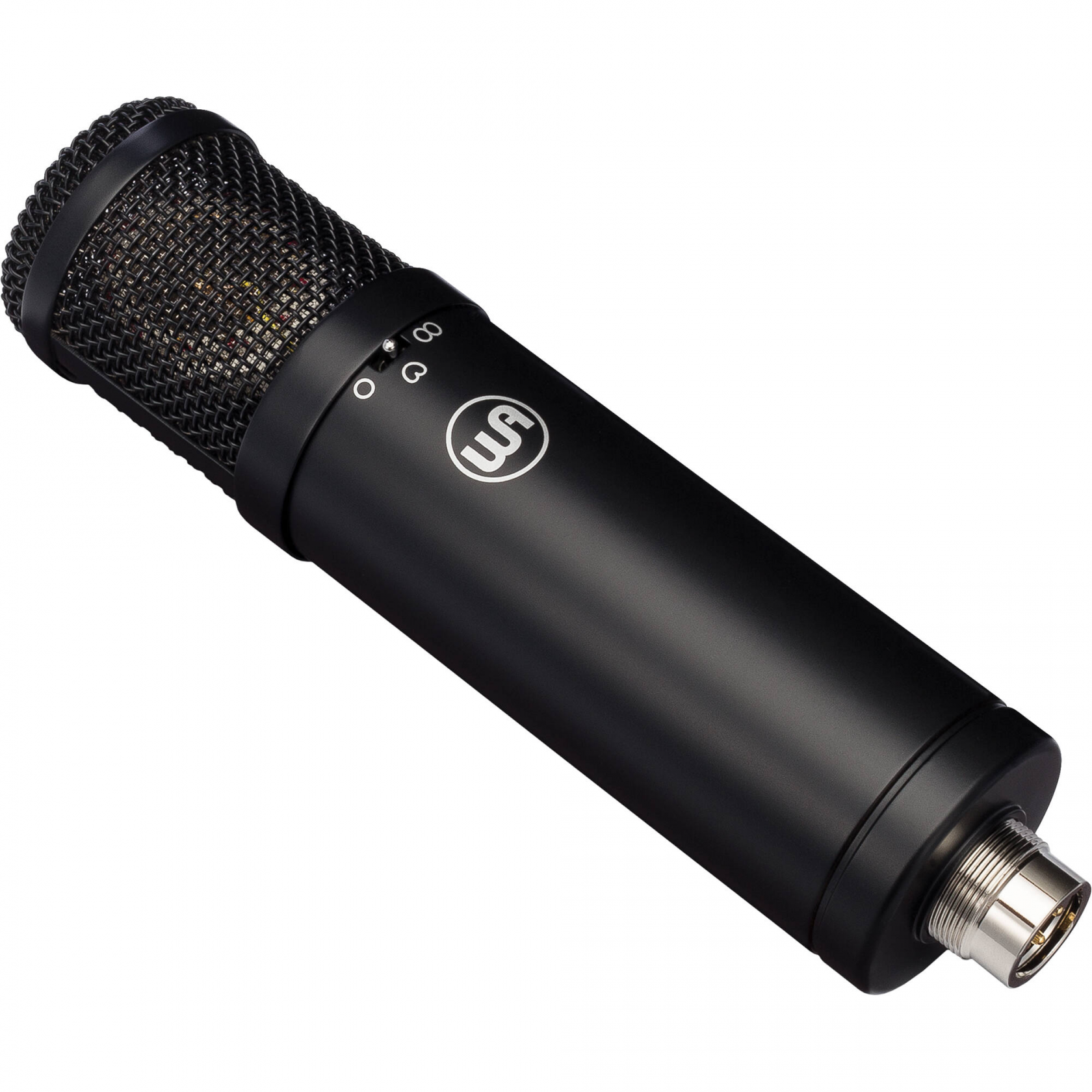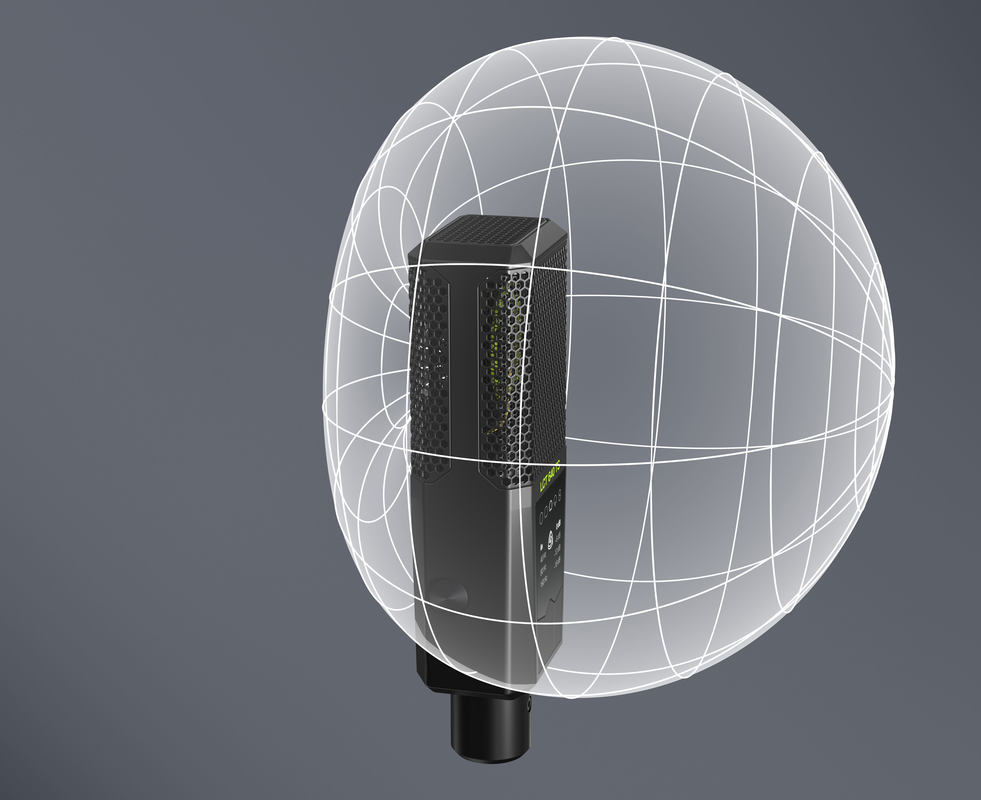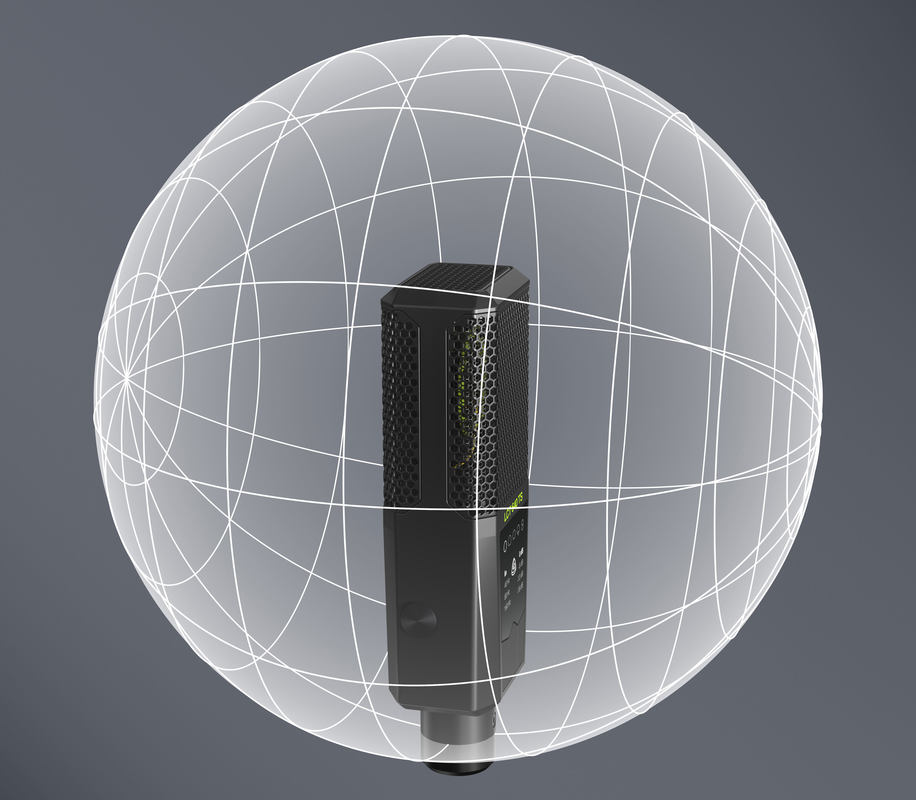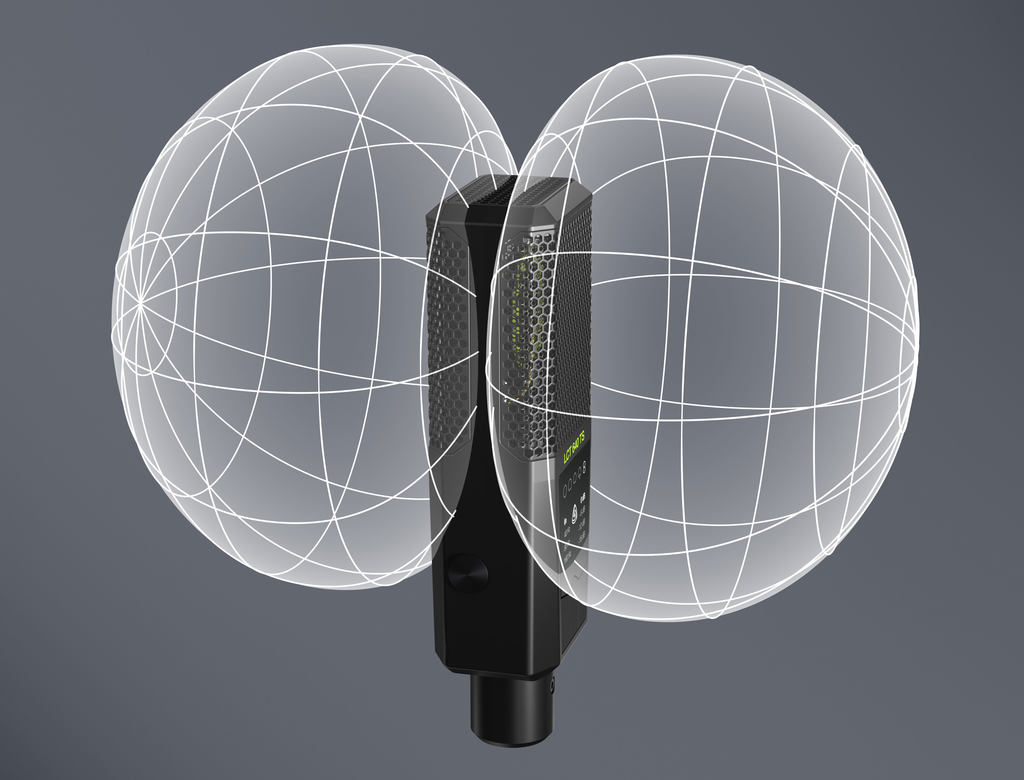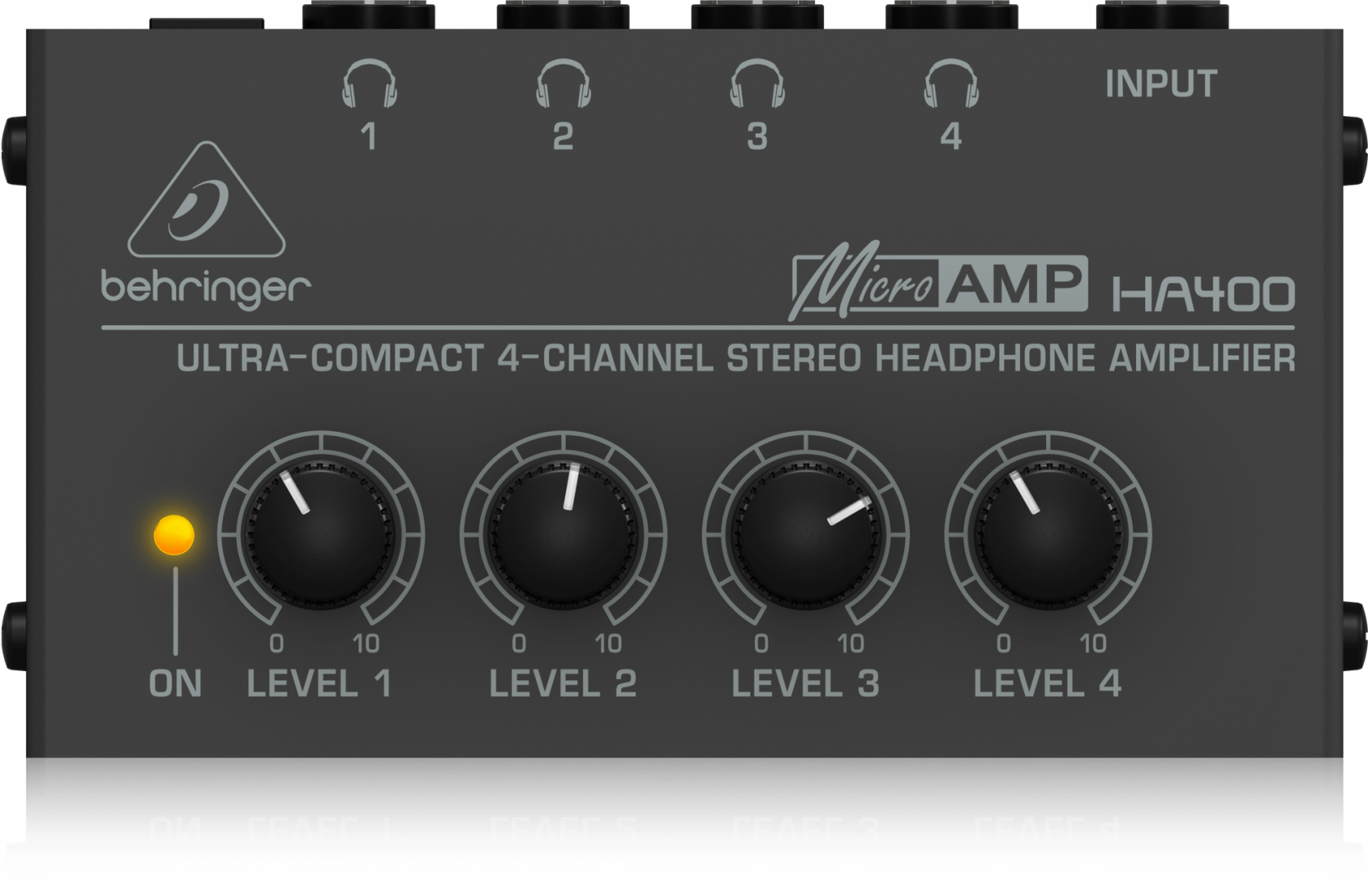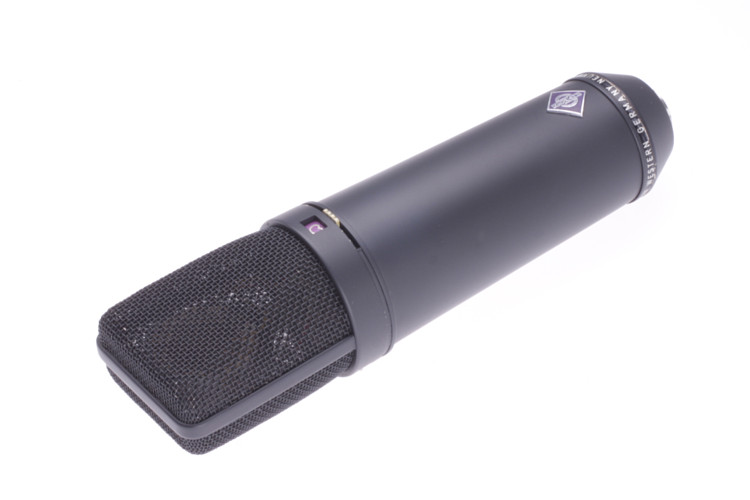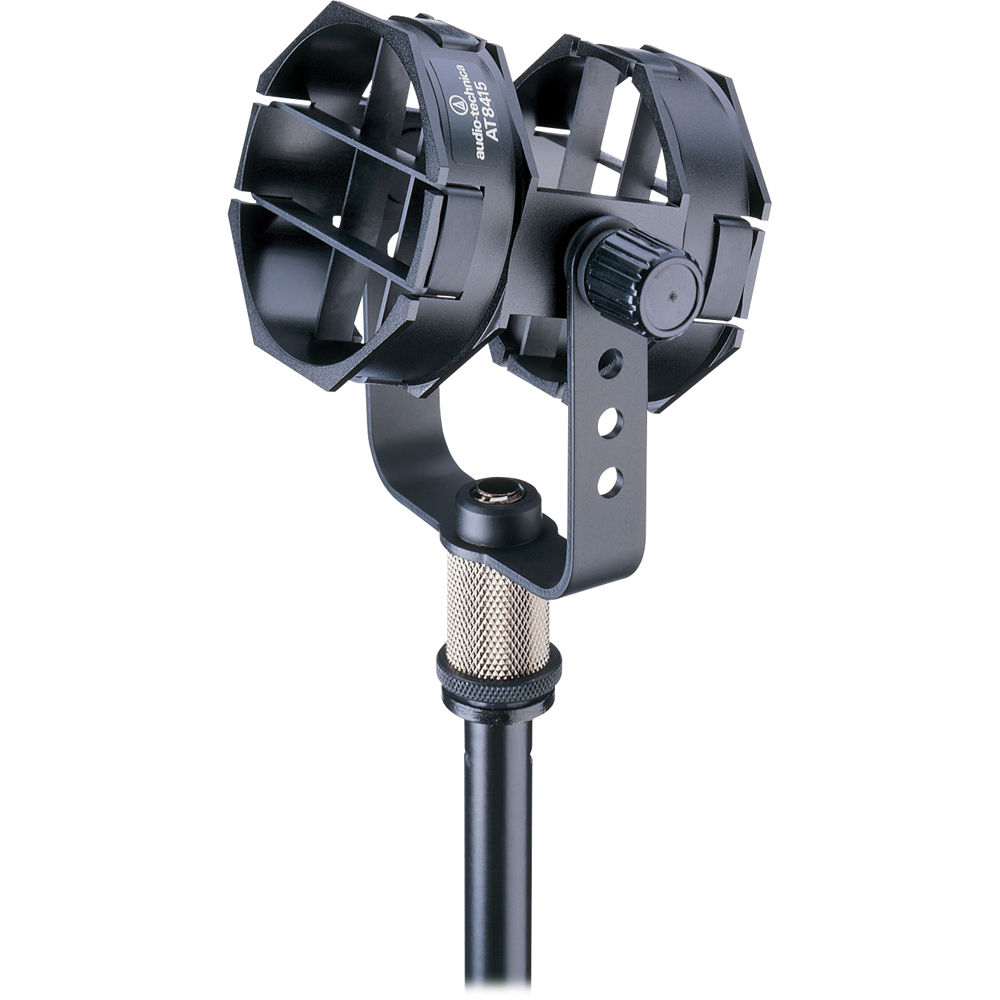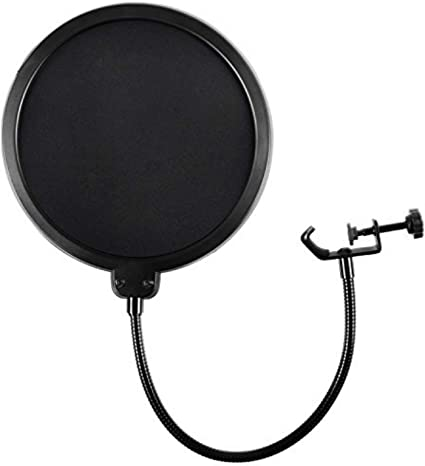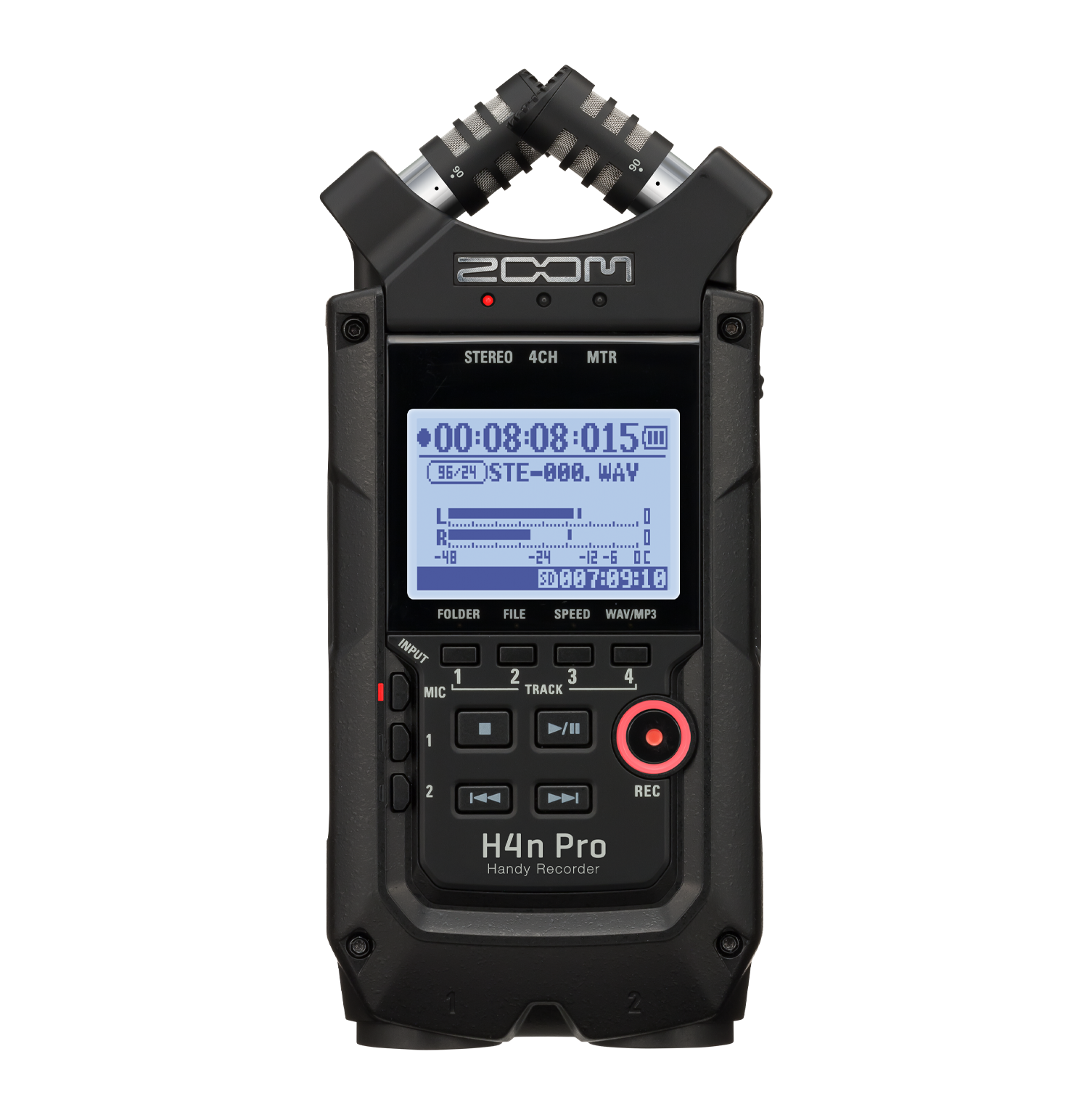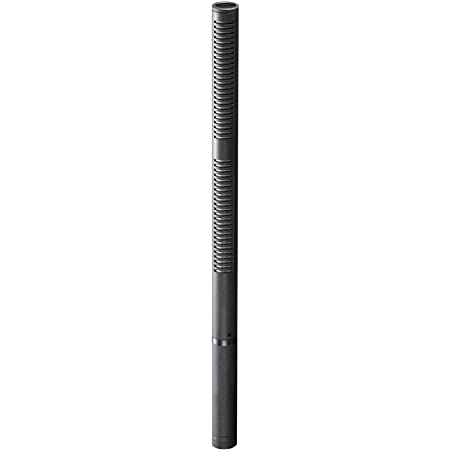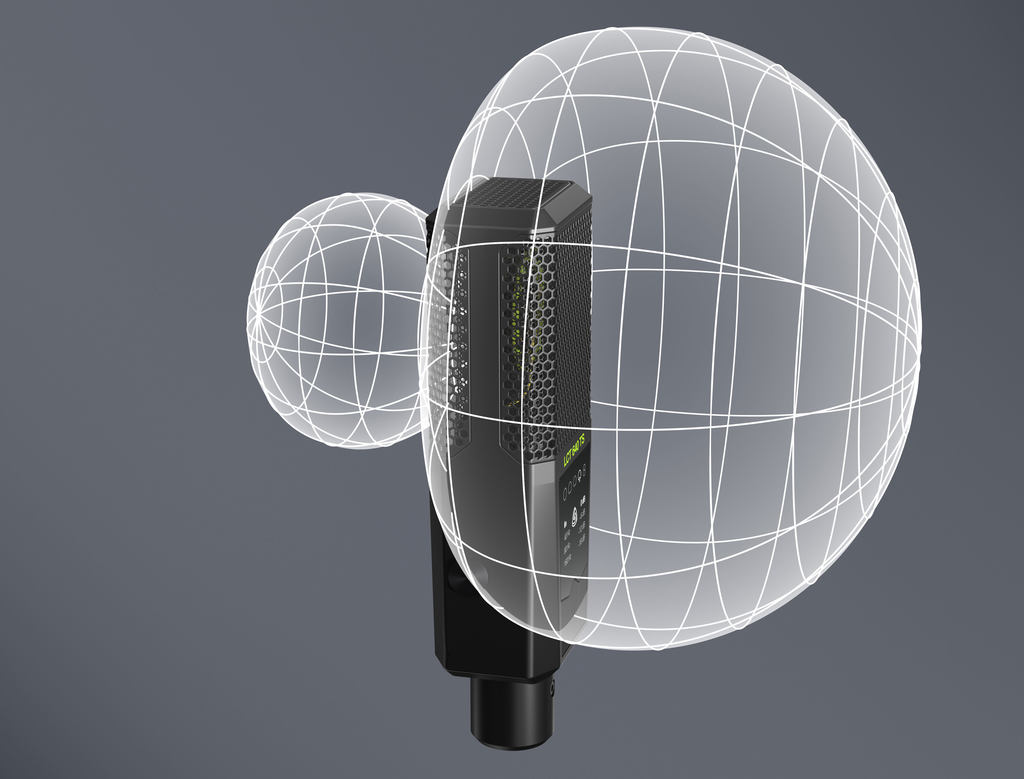Equipment
Any words in this format are defined in the dictionary.
DICTIONARY
Audio Interface: A piece of computer hardware that allows the input and output of audio signals to and from a host computer or recording device.
Channel: A representation of sound coming from or going to a single point.
Clipping: A form of waveform distortion that occurs when an amplifier is overdriven and attempts to deliver an output voltage or current beyond its maximum capability.
Gain: How loud an input signal is before it enters an amplifier or computer.
Phantom Power: Required for most condenser microphones and will determine when the 48V button should be turnt on or off. Dynamic or condenser mics that don't require phantom power will reject it, if it's left on. If you have a ribbon mic with phantom power turnt on, it will destroy your mic. Verify your mics!
Polar Pattern: The space around a microphone where it picks up sound or is the most sensitive to sound.
Shockmount: Mechanical fastener that connects two parts elastically. Purposed for shock and vibration isolation, when interacting with mic
XM8500
- Dynamic cardioid mic.
- Does not need Phantom Power.
- Connects to outer monitor, allowing for communication between user outside of booth with booth occupant.
ATH-M50x
- "Audio Technica" headphones (2 pairs)
- Can plug into Behringer amp, allowing occupant to hear outside speaker.
- Can plug into Scarlett Audio Interface, allowing desk occupant to hear themself or playback audio from Reaper.
Focusrite Scarlett 2i2
- Audio Interface for mic or instrument plugins.
- mics, in this case, for audio booth.
- Two identical channels.
- 2 'combo jacks' for either XLR or 1/4" input.
- 2 gain dials with ring meter lights.
- If your ring is flashing red, like in the picture, it means you are clipping
- INST button lets you switch between line level and instrument level, for when you're using 1/4" inputs.
- This will not matter if you are not using an instrument. (More on level signals.)
- AIR button amplifies your signal output, making it sound 'brighter.'
- 48V button enables phantom power.
- Direct monitor button allows you to hear the direct signal of whatever is plugged in, either in stereo or mono.
- One circle is mono, two circles is stereo.
- Monitor dial turns up/down 1/4" inputs.
- Top right knob is for headphone volume control.
- USB-C port, for connecting to your device.
- Right and Left, balanced 1/4" monitor outputs.
- Kensington security slot or 'K-slot' is for installing a lock to protect your device's subcomponents.
WA-47
- Mic with interchangeable polar patterns:
- Requires phantom power.
Polar Patterns
Cardioid:
- Keep switch in middle.
- Most commonly used pattern. Can easily obtain a dry signal and dismiss noisy backgrounds, so long as it's facing the user.
- Most sensitive area is directly in front, vice versa for the back.
Omnidirectional:
- Flip switch to left.
- Sensitive to input coming from any direction.
- Useful in good sounding rooms, like the audio booth.
Figure-8:
- Flip switch to right
- Equally sensitive at the front and back of mic. Sides are least sensitive.
Behringer HA400 MicroAmp
- 4 stereo headphone outputs with gain knobs
- Powered by 12v plug and jack, plugged into the top left
AT2020
- Audio Technica, Cardioid Condenser Microphone.
- Requires Phantom Power.
AT8415
- Universal shockmount.
Pop Filter
- Voice filter positioned in front of mics.
- Prevents 'plosives' (rushes of air from 'p' or 'b' sounds) from reaching the mic.
H4n Pro
- Four track simultaneous recording
- Two combo connectors on bottom. (XLR/TRS)
- Optional +48v phantom power for main inputs and plug-in power.
- Can be toggled by going into menu --> inputs --> phantom on/off.
- Two AA batteries, up to 5.5 hours of charge.
- All recorded files go onto SanDisc SD card (side compartment), which can be plugged into SCiL lab's SD card reader for file access.
AT8035
- Hyper Cardioid Shotgun Mic.
- Putting a AA battery in here provides Phantom Power to mic. If you use the Handy Recorder with this, make sure the recorder isn't sending its own Phantom Power to the mic.
- If you're having a hard time getting the battery out, a student ID card can safely and easily pry out the battery.
Super Cardioid
- More spread than Cardioid, rejecting less of the sides and rear.
- Great for field recordings.
Mackie ProFX12v3
- 12-channel mixer.
- Controls desk mic and both condenser mic's levels. Both condenser mics are mapped to the same track on Reaper.
- To ensure Reaper is recording the mic you're using in the booth, use the labelled sliders to adjust the volume of the chosen mic, then have the other slider set to ∞ to mute it.
- You will also be adjusting the volume using the white gain knob at the top of the channel being used.
- Headphones jack in the rightmost column for plugging in Audio Technica Headphones. Volume is adjusted using white gain knob beneath the headphone jack and main meter levels.
- L/R Control Room (labelled "control room" near top right of interface) jacks are for 1/4" TRS connectors, which run into outer wall pocket of booth. These allow you communicate with person inside of the booth, who has the power to adjust your levels with the microamp inside the booth.

